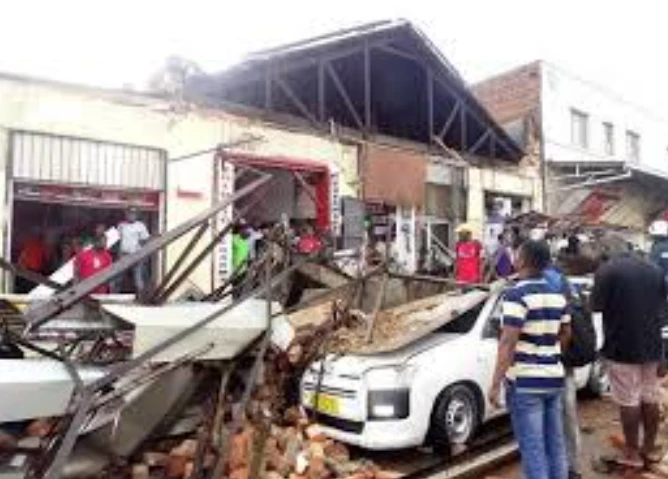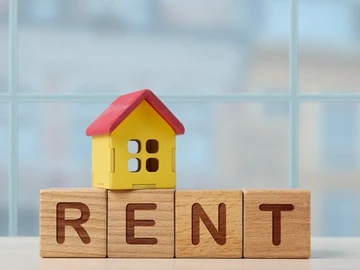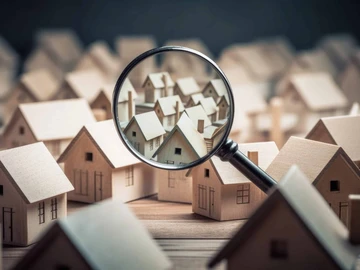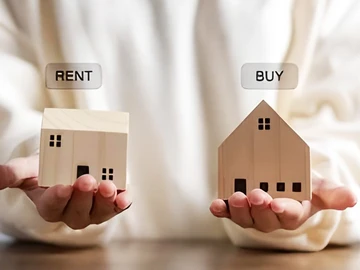Investing in a property and experiencing its downfall is a dreadful experience. This is due to the fact that individuals depend on these investments for long-term stability and security. Consider the scenario where you dedicate a decade to constructing your dream home, only to face the unfortunate situation where it crumbles before you can fully repay your debts.
The article comes as a result of the recent collapse of a building in Harare's central business district, resulting in one death and six injuries, and serves as a stark reminder of the importance of building structures with stronger infrastructure. The incident, which occurred during a hailstorm, raises concerns about the safety and durability of buildings in the area, many of which have not been refurbished since the colonial era.
The tragic event highlights the need for builders and architects to prioritise stronger infrastructure in their designs, taking into account the unpredictable nature of weather conditions and the potential risks to human life. The use of durable materials, regular maintenance, and adherence to safety standards can help prevent such incidents and ensure the safety of occupants and passersby.
The collapse of the building on Chinhoyi Street is a wake-up call for authorities and stakeholders to address the issue of infrastructure in urban areas. It is crucial to invest in strengthening the foundation and structure of buildings to withstand natural disasters and extreme weather conditions.
In addition, regular inspections and assessments should be conducted to identify potential weaknesses and address them before they lead to such tragic incidents. By prioritising stronger infrastructure, we can create safer and more resilient buildings that protect the lives of those who use them.
One of the advantages of having infrastructure in the real estate sector is the positive impact on property value. The development of infrastructure plays a crucial role in boosting property values. When there is a well-established infrastructure, conducting business becomes easier as the expenses related to communication, transportation, sanitation, and energy decrease.
When the functioning of these infrastructures is compromised, it leads to a disruption in the production chain. This disruption impedes progress, resulting in an economic deficit and subsequently leading to lower standards of living.
 Continue with Facebook
Continue with Facebook
 Continue with Email
Continue with Email














